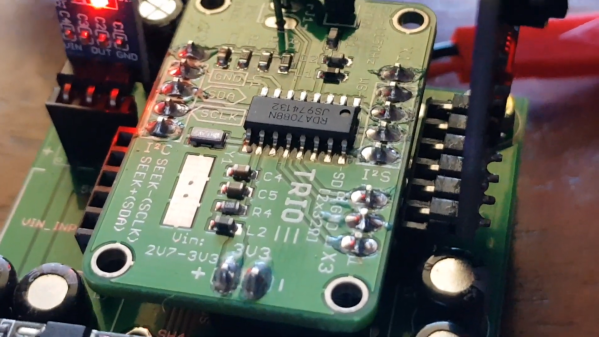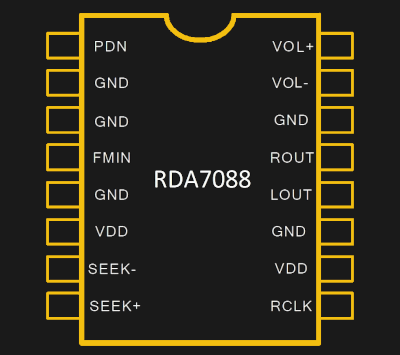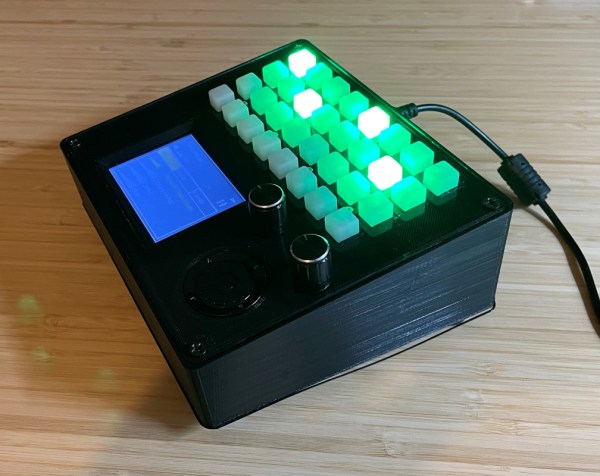As we slide into the Christmas break, Editor-in-Chief Elliot Williams and Staff Writer Dan Maloney look at the best and brightest of this week’s hacks. It wasn’t an easy task — so much good stuff to choose from! But they figured it out, and talked about everything from impossible (and semi-fractal) 3D printing overhangs and the unfortunate fishies of Berlin’s ex-aquarium, to rolling your own FM radio station and how a spinning Dorito of doom is a confusing way to make an electric vehicle better.
Think it’s no fun when your friend forgets to pick you up at the airport? Wait until you hear about what it’s like to get stuck on the ISS, and the incredibly risky way you might have to get home. Interested in the anatomy and physiology of a cloned robo-dog? Then let the master do a teardown and give you his insight. We’ll make some time for tea, cross our eyes for stereo photos, and dive into the mechanics of the USB-C.
Download the podcast and put it on a minidisc for the reindeer.
Check out the links below if you want to follow along, and as always, tell us what you think about this episode in the comments!


















